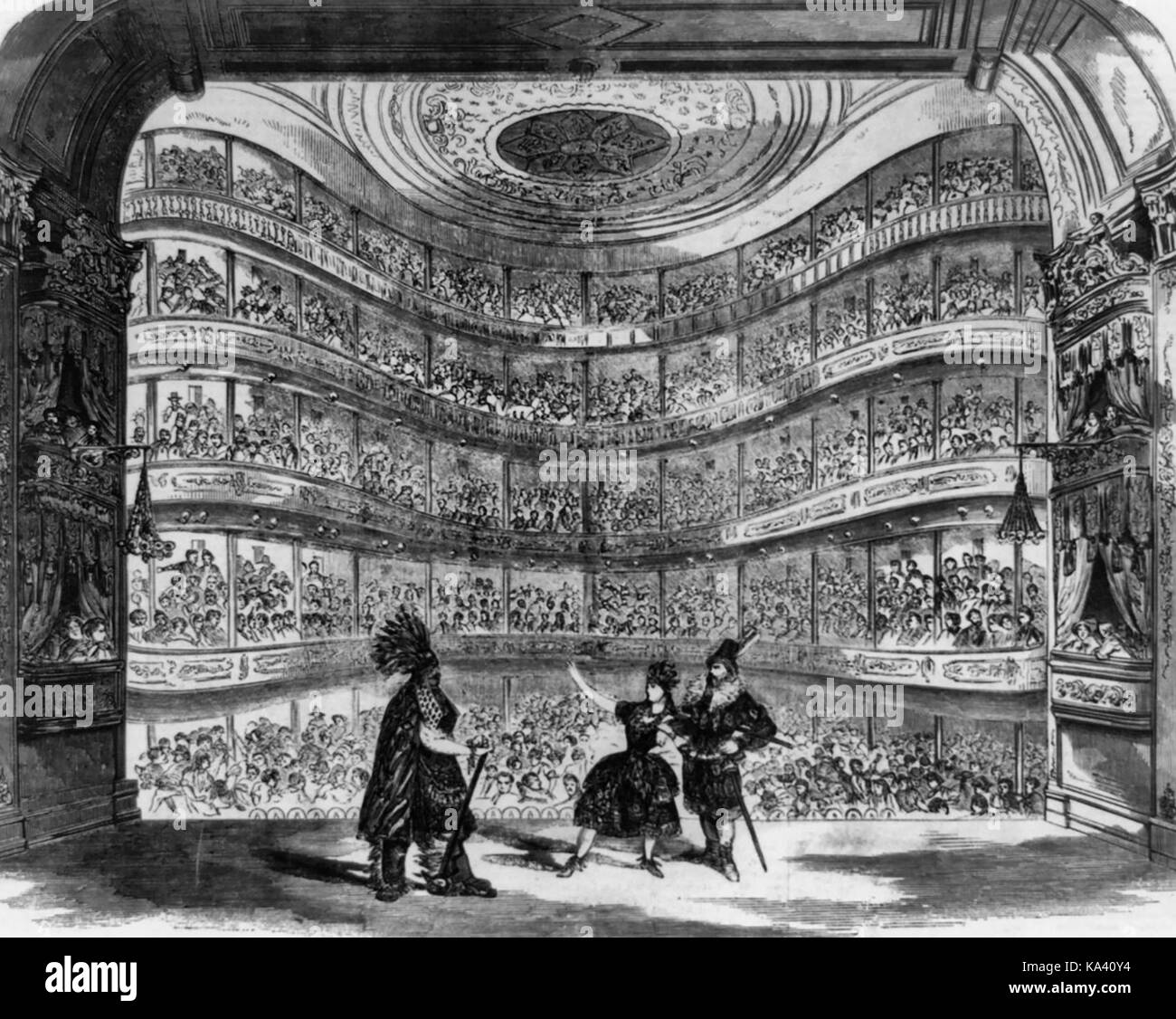We are all familiar, I think, with the cliché of the vaudeville-era performer who overstays his welcome on stage, or irritates or offends the audience and/or the theater’s management, and is summarily removed from said stage by application of an implement like a long shepherd’s hook. This concept has been well established in the popular consciousness by its frequent use in comedy animation, as seen here:
It’s sufficiently well-known as an expression that the crab-god Tamatoa in Moana can make a punning reference that Maui should “get the hook,” and we understand the double meaning immediately.
This topic happened to come up in conversation recently, and it occurred to me to wonder whether this cartoon cliché has any sort of basis in historical fact. I assumed it would not be literally true, because the size of the typical theater makes it logistically implausible that such a long hook could be extended all the way from the wings to center stage. But the notion had to come from somewhere, right?
After a fair amount of searching, I found some historical references claiming that the hook gimmick originated at the Miner’s Bowery theater around 1900 (example). The citations aren’t great, though, with some sources being modern articles (there’s a paywalled NYTimes article from 1997 here, for instance). This source (The Encyclopedia of Vaudeville) also points to the Miner’s Bowery, but says the practice “is probably more legend than reality.” This source claims that the hook was “lashed to a long pole,” which somewhat addresses the issue of practicality I mentioned above, but considering the dimensions of a typical stage, this still strikes me as being improbable. It does, however, have the advantage of a relatively timely citation, to a 1908 newspaper article, which evidently mentions the hook as “a standard prop in every theater featuring amateur nights.” It’s unclear how the hook was actually used by these theaters, but it’s a cite.
The thing is, though, this connects to what I found in other sources describing the removal of performers during Amateur Nights at other venues (e.g. the Apollo). These say their promoters/presenters (notably including the then-famous tap dancer Howard “Sandman” Sims) would chase off, rather than catch and drag, subpar acts while wielding threatening props like brooms and cudgels and cap guns and the like, including the aforementioned hook.
So therein lies the question. Is there any reliable contemporary documentary evidence to support the notion that untalented artists were, in any location, and with any consistency, bodily removed from the stage via physical ensnarement by a curved device dedicated to that purpose? Or is this one of those things where ginned-up stories and loose memories of a somewhat anarchic time slowly crystallized around a simplified image, i.e. a stage manager merely threatening a performer by waving a hook was remembered as actually using the hook, and then this was cemented into our collective memory by its frequent and prominent usage in widely seen cartoons?
(Note to mods: Yes, the topic of this question is the performing arts, but I’m seeking factual and historical information about a theatrical practice, rather than opinions or speculation, so I thought this forum would be more appropriate than the Cafe.)

